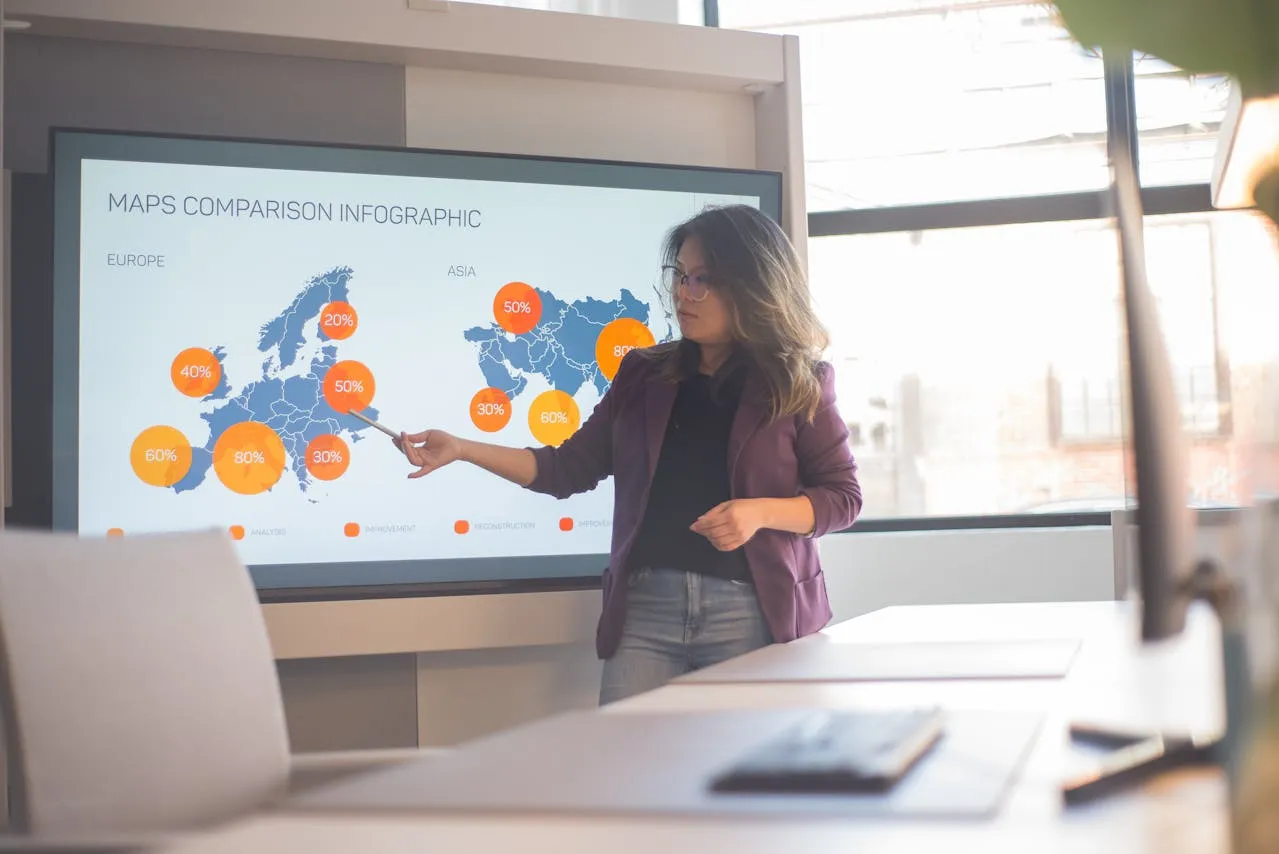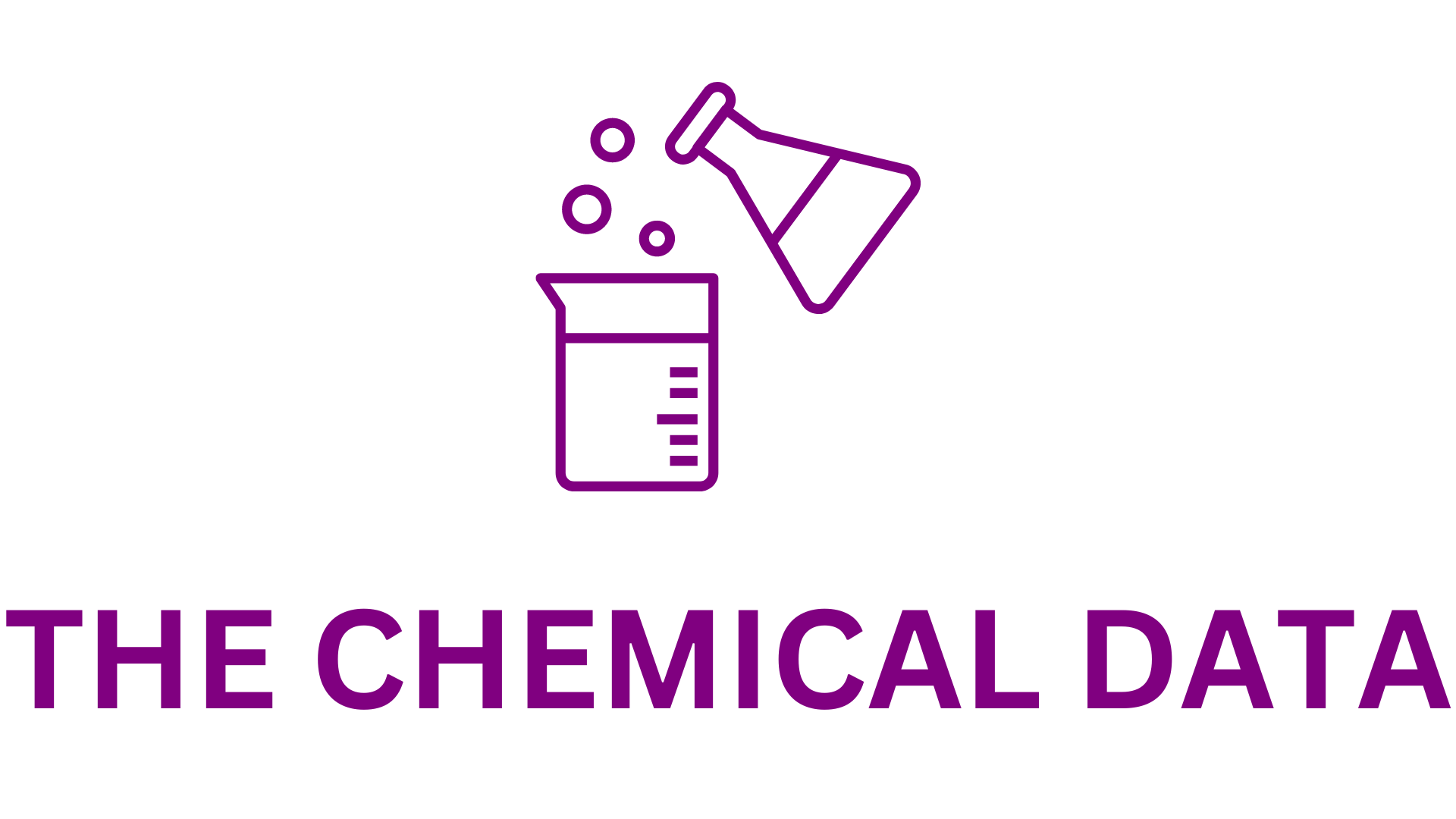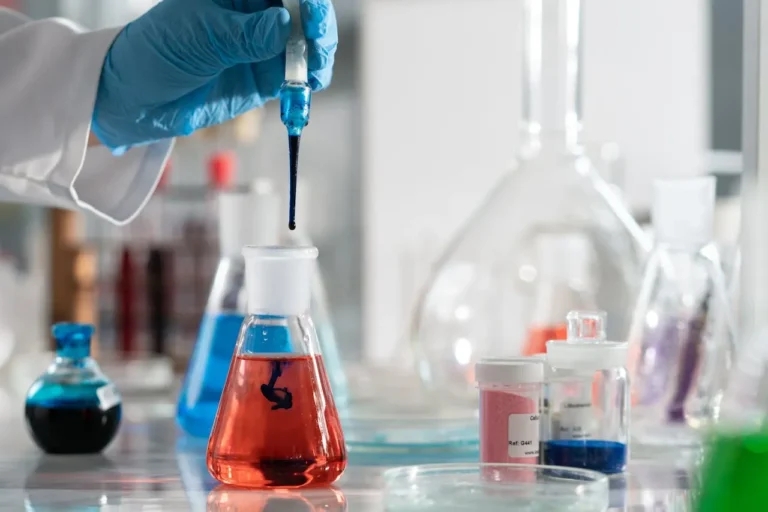
Injection Molding Market Outlook 2025–2035: Global Trends, Forecasts, and Strategic Insights
ResearchAndMarkets.com has announced the addition of a new report titled “Injection Molding Market, Till 2035: Distribution by Type of Material, Application, End User, and Geographical Regions – Industry Trends and Global Forecasts” to its portfolio.
The report presents a comprehensive analysis of the global injection molding market, which is projected to experience steady and substantial growth over the next decade. Valued at USD 304.4 billion in 2025, the market is expected to reach USD 481.6 billion by 2035, growing at a compound annual growth rate (CAGR) of 4.26% during the forecast period.
Market Overview
Injection molding continues to be a cornerstone manufacturing process across industries due to its efficiency, scalability, and cost-effectiveness. The process enables the mass production of intricate and high-precision parts, primarily using thermoplastic polymers, with minimal material waste. This has cemented its role in producing complex products for sectors such as automotive, electronics, packaging, and consumer goods.
As manufacturing industries increasingly seek sustainable and high-volume production techniques, injection molding offers an optimal solution. Its ability to replicate complex shapes with precision and consistency makes it indispensable for applications ranging from medical devices to packaging and structural components.
The growing global demand for injection-molded products, coupled with advances in material science and machinery, is fueling industry expansion. Cost-effectiveness in large-scale production, particularly in the consumer goods and packaging sectors, is a major growth driver. The widespread use of molded plastics in food, dairy, and beverage packaging further reinforces the market’s upward trajectory.
Market Drivers and Growth Factors
Several factors are contributing to the robust growth outlook for the injection molding industry:
- Increased demand for lightweight materials: The automotive and aerospace sectors are increasingly adopting lightweight, durable materials to improve efficiency and reduce emissions. Injection molding supports these needs through the use of advanced polymers and composites.
- Expansion in consumer packaging: The rising global population and e-commerce boom are driving demand for innovative packaging solutions, many of which rely on injection-molded components for durability and cost efficiency.
- Technological advancements: Automation, AI-driven quality monitoring, and Industry 4.0 integration are improving production speed, precision, and energy efficiency.
- Sustainability initiatives: Growing environmental awareness is spurring innovation in recyclable and biodegradable materials suitable for injection molding.
These factors, combined with strategic investments and mergers within the industry, underscore strong growth potential through 2035.
Injection Molding Market: Key Segments
By Type of Material
The market is segmented into plastics, elastomers, and metals.
- Plastics currently dominate the market, driven by their versatility, lightweight properties, and cost-effectiveness. Common applications include packaging, consumer goods, and automotive parts.
- The metal injection molding segment is expected to grow at the highest CAGR during the forecast period, owing to rising demand in aerospace, defense, and medical industries where precision and strength are paramount.
- Elastomers, though a smaller segment, continue to find niche applications in seals, gaskets, and flexible consumer products.
By Type of Application
Among applications, containers and packaging components currently account for the largest market share, fueled by the need for durable, safe, and aesthetically appealing packaging in food, beverage, and household goods sectors.
However, automotive interior and exterior components are projected to exhibit stronger growth, supported by increased production of electric and hybrid vehicles that demand lightweight, durable materials. Other emerging applications include healthcare devices, electronics casings, and industrial components.
By End User
The packaging industry remains the largest end-user segment, driven by demand for high-volume, cost-effective production and the growing emphasis on sustainable, recyclable designs.
The automotive and electronics sectors follow closely, each leveraging injection molding for precision, performance, and design flexibility. Rapid urbanization and expanding consumer markets are expected to sustain demand across all end-user categories.
By Geographical Region
- North America currently holds a significant share of the global injection molding market, supported by advanced manufacturing infrastructure, technological innovation, and established end-use industries.
- Asia-Pacific, however, is expected to witness the fastest CAGR through 2035, driven by rapid industrialization, growing automotive production, and increasing adoption of Industry 4.0 technologies in countries like China, India, Japan, and South Korea.
- Europe remains a key player, emphasizing precision manufacturing and sustainability-led material innovation.
Research Coverage and Methodology
The report provides detailed market sizing, segmentation, and opportunity analysis across key parameters — material type, application, end user, and region. It also delivers:
- Competitive Landscape: A comprehensive overview of leading players, including establishment year, company size, headquarters, and ownership structure.
- Company Profiles: Detailed insights into major companies’ product portfolios, financial performance, R&D focus, and strategic initiatives.
- SWOT Analysis: A structured assessment of market strengths, weaknesses, opportunities, and threats, presented through Harvey ball visualization for clarity.
- Value Chain Analysis: An in-depth look at key stakeholders, from raw material suppliers and manufacturers to distributors and end users.
Key Questions Addressed
- What is the current and projected size of the injection molding market through 2035?
- Which companies are leading the market, and what competitive advantages do they possess?
- What macro and micro factors are influencing market growth?
- How do opportunities vary across regions, materials, and applications?
Reasons to Purchase the Report
- Comprehensive insights: Gain full visibility into market structure, revenue forecasts, and growth opportunities across all segments.
- Strategic guidance: Understand the competitive landscape to refine market positioning and optimize business strategies.
- Trend analysis: Stay informed about evolving technologies, material innovations, and industry disruptions shaping the market.
- Decision support: Utilize data-backed insights to guide investment, expansion, and partnership decisions.
Additional Benefits
Buyers of this report will receive:
- Complimentary Excel data packs covering all analytical modules.
- 15% free content customization to tailor insights to specific business needs.
- A report walkthrough session with the research team for personalized clarification.
- Free updates for reports older than six months.
Key Report Attribute
| Attribute | Details |
|---|---|
| Number of Pages | 159 |
| Forecast Period | 2025–2035 |
| Market Value (2025) | USD 304.4 Billion |
| Projected Market Value (2035) | USD 481.6 Billion |
| CAGR (2025–2035) | 4.26% |
| Regions Covered | Global |
Notable Companies Profiled
All-Plastics, Arburg, BASF, Biomerics, C&J Industries, Coastal Plastic Molding, Currier Plastics, D&M Plastics, Dow, DuPont, EVOC Plastics, H&K Müller, Henhke, HTI Plastics, Husky Injection Molding Systems, JSW, Kreate, LyondellBasell, Magna, Majors Plastics, Proto Labs, Sumitomo Demag Plastic Machinery, The Rodon Group, Toshiba Machine, and TR PLAST.
Source Link : https://www.businesswire.com/







